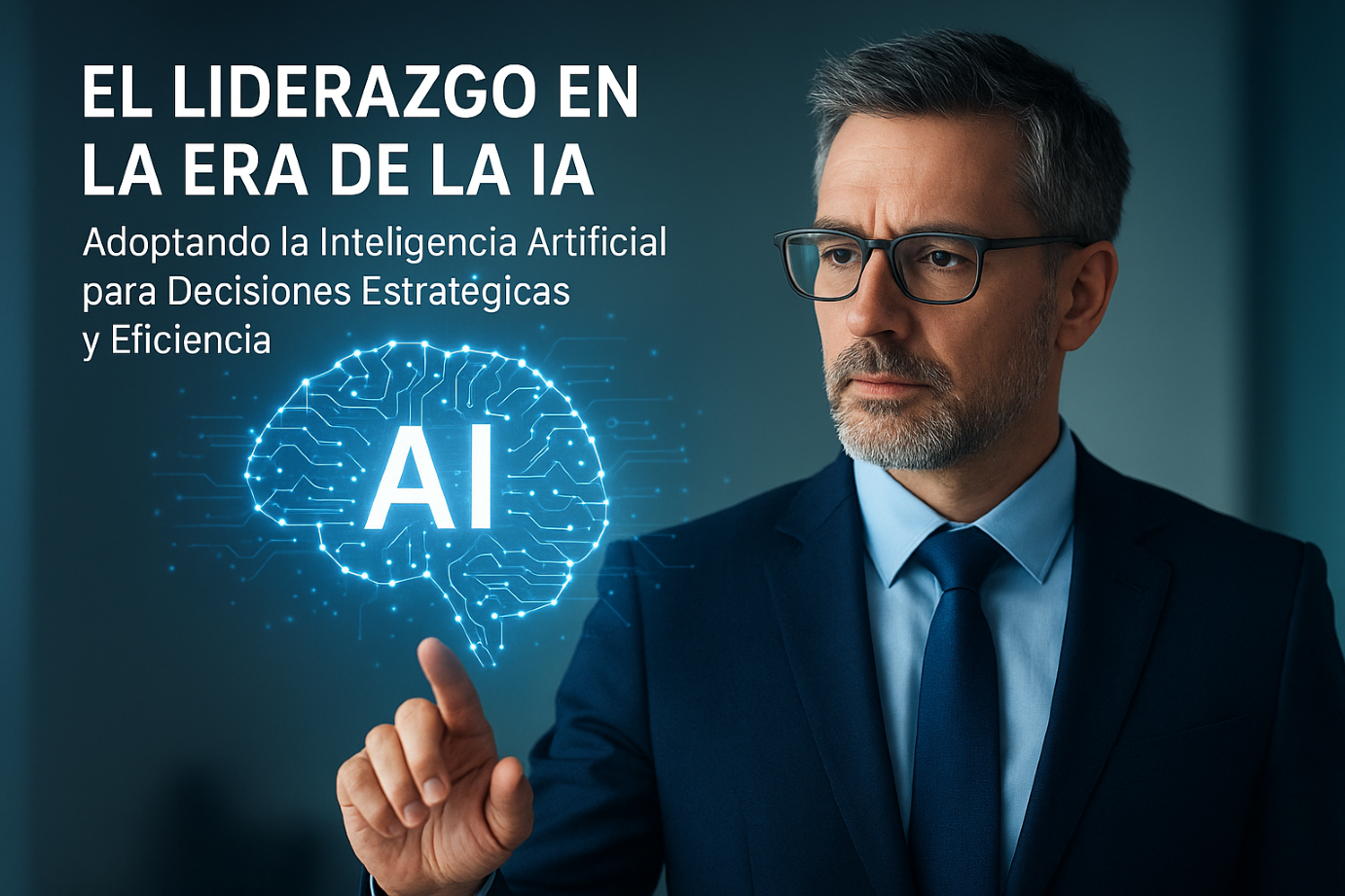
Artificial Intelligence and Cloud Computing: Drivers of Sustainable Business Transformation

Introduction
Digital transformation has become a necessity for companies seeking to remain competitive in a globalized and highly dynamic market. Within this process, Generative Artificial Intelligence (GAI) and cloud computing have positioned themselves as key technologies to improve efficiency, reduce costs, and foster innovation. However, their adoption also raises questions about sustainability, environmental impact, and fiscal regulations. In this article, we will explore how these technologies are changing the business landscape, what challenges they present, and what strategies companies can adopt to maximize their benefits without compromising sustainability or incurring regulatory risks.
The Revolution of Generative AI and the Cloud in the Business Environment
Operational Efficiency and Cost Reduction
The adoption of GAI has enabled companies to automate complex tasks, from content generation to strategic decision-making. AI-based tools can analyze large volumes of data in real-time, optimizing processes that previously required human intervention. On the other hand, cloud computing eliminates the need to maintain expensive local infrastructures, allowing for more flexible and scalable access to technological resources.
Key benefits:
- Resource optimization: reduction of time dedicated to repetitive tasks.
- Scalability: companies can expand or reduce their computing capacity according to their needs.
- Cost reduction: less investment in hardware and maintenance.
Innovation and New Business Opportunities
Generative AI is driving the creation of new business models, from mass customization to advanced service automation. Companies in sectors such as marketing, education, and health are using these technologies to improve customer experience and offer innovative products.
Application examples:
- Intelligent chatbots that improve customer service and support automation.
- Automated content generation, from texts and designs to programming code.
- Data prediction and analysis to optimize business strategies.
Sustainability Challenges and Energy Consumption
One of the main points of debate surrounding AI and cloud computing is their environmental impact. According to recent studies, data centers that host cloud services account for nearly 1% of global energy consumption, and this figure is estimated to continue increasing with the growing demand for AI.
How can companies mitigate this impact?
- Opt for cloud providers that use renewable energy.
- Implement energy efficiency strategies in their data centers.
- Optimize the use of AI models to reduce unnecessary computational consumption.
This dilemma raises an important question: is it possible to achieve sustainable digital transformation without compromising business efficiency?
Regulations and Fiscal Risks in the Digital Age
As companies incorporate AI and cloud services, tax regulators are paying greater attention to how these investments are structured and what implications they have for business taxation.
Some key points to consider:
- Location of servers and international taxation: many companies choose providers in jurisdictions with tax benefits, which can raise questions about where their profits should be taxed.
- Tax deductions for innovation: in some countries, investment in AI and digitization is fiscally incentivized, but companies must ensure they comply with legal requirements.
- Data protection and regulatory compliance: with regulations such as GDPR in Europe, companies must ensure that their AI models respect privacy and the proper handling of data.
This panorama leaves open the discussion about whether current tax laws are prepared to adequately regulate the digital economy or if a rethinking of the regulatory framework will be necessary in the coming years.
Final Reflection: How to Balance Innovation and Sustainability?
Generative Artificial Intelligence and cloud computing have opened new possibilities for companies, allowing them to innovate and be more efficient. However, these technologies are not without challenges, especially in terms of sustainability and fiscal regulations.
Should companies prioritize profitability over sustainability? Is it the responsibility of governments to regulate the environmental impact of digitization, or should it be the companies themselves who take the initiative? How can tax laws be adapted to this new technological reality?
The debate is open. In a world where digital transformation is advancing at an unprecedented rate, finding the balance between innovation, sustainability, and regulatory compliance will be key to defining the future of business.

